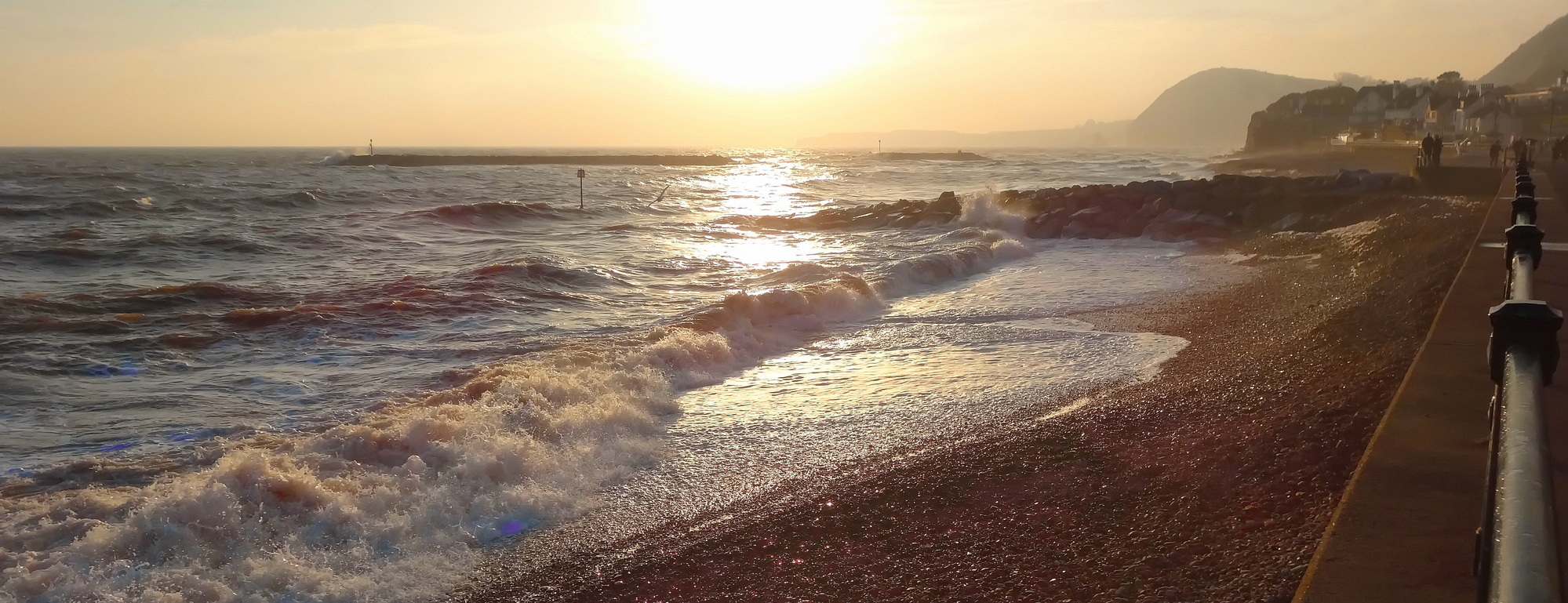If anything, the solarpunk movement is interactive – whether it’s the latest video game [acclaimed indie dev properly reveals his solarpunk open-world comedy] or other types of gaming coming out [Critical Role’s next board game is a solarpunk tile-layer about green gardening] and whether it’s the steady flow of writing [solarpunk short stories from many futures] or innovative ways of sharing messages [‘solarpunk’ graphic novel set 500 years in Abu Dhabi’s future].
These are the current creative pushes, the line of new products, the inventive playfulness happening across the world.
But there are also many conversations happening too between different parties interested in this growing phenomenon that is ‘solarpunk’.
Here’s a look at ‘storytelling‘ – ‘a conversation with YouTuber Andrew Sage and hacktivist John Threat about the hopeful ideology behind the solarpunk movement’ from Hauser & Wirth, a high-end contemporary gallerist and art publisher based in Zurich/New York/Paris/London. These are the opening lines…

Cliodhna Murphy: I’ve been curious about solarpunk as a concept, because it seems like a powerful counter for the kind of mundanity that ecocide has become, the damaged planet that is just part of our everyday lives. I wanted to set up this conversation with the two of you—who are in very different parts of the world, L.A. and Trinidad—to discuss some ideas through the lens of solarpunk, a concept for a different kind of world, one that has a more symbiotic partnership with nature. From your view, what is solarpunk?
John Threat: For me, the movement is about using the imagination. We live in a world where we’re indoctrinated into certain systems and it can be hard to think our way out of them. Around capitalism, for example. People say, “Well, what else is there?” or they point to what they think of as information, which is really just decades-long campaigns against the discussion of anything related to socialism or to any flexibility within existing ideas. A lot of young people are realizing that the world we live in came from visualizing dystopias. So one thing about solarpunk is the idea that we can reimagine.
Andrew Sage: I discovered solarpunk on Tumblr as an aesthetic and a literary genre, but it’s definitely evolved into a movement. It can be taken in a lot of different directions, but I want it to be taken in a productive, practical direction—for it to help shape the conversation about humanity, nature and technology, and about how these can exist in harmony, because we obviously don’t have the answers yet. An important component of solarpunk is looking beyond the individual to the community.
…
